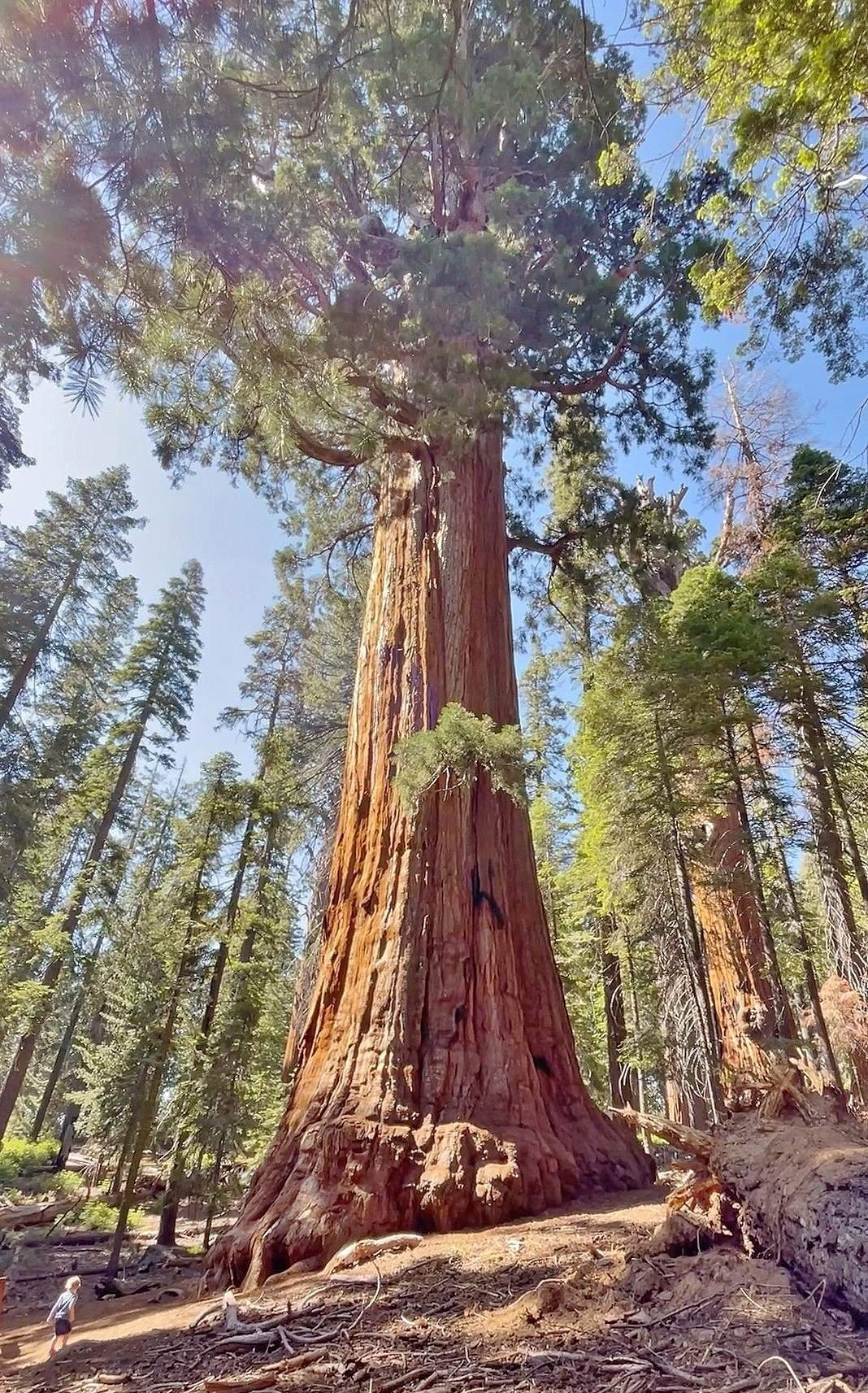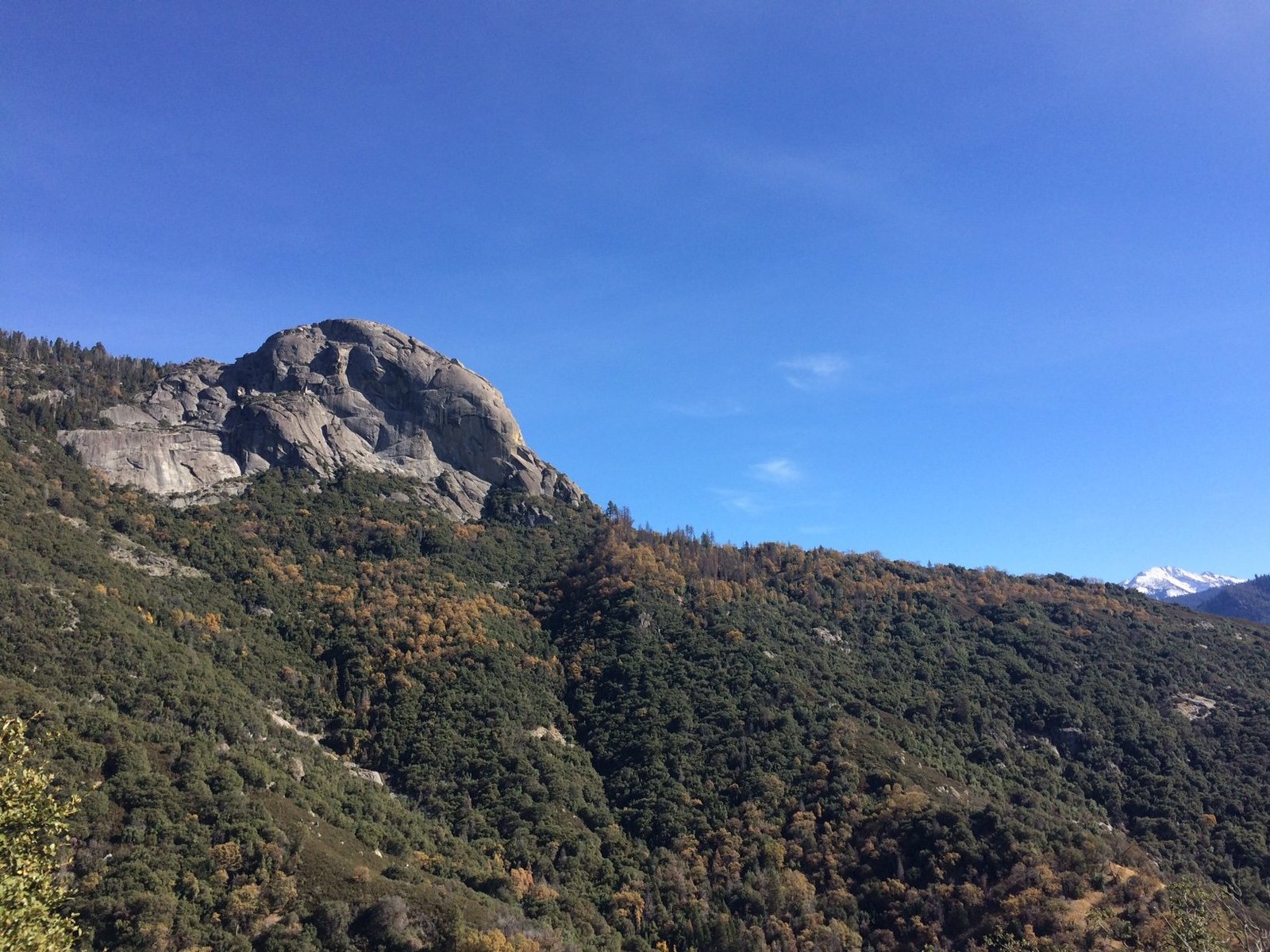The Booker T. Washington Tree in Sequoia National Park stands as a living monument to the renowned civil rights activist and educator. This giant sequoia, named by Captain Charles Young, the first African American superintendent of the park, symbolizes the intersection of natural wonder and historical significance. The tree serves as a testament to Washington’s legacy in civil rights and education, while also highlighting the park’s rich history and the contributions of African Americans to its development and conservation.
What is the Historical Significance of the Booker T. Washington Tree?

The Booker T. Washington Tree holds immense historical importance within Sequoia National Park. Its dedication reflects a pivotal moment in the park’s history and American civil rights:
- Named by Captain Charles Young, the first African American superintendent of Sequoia National Park
- Honors Booker T. Washington, a prominent civil rights activist and educator
- Symbolizes the contributions of African Americans to national park conservation
- Represents the intersection of natural preservation and social progress
Captain Young’s decision to name the tree after Washington was a deliberate act to promote both the preservation of giant sequoias and the recognition of African American achievements. This dedication occurred during a time when racial segregation was still prevalent in the United States, making it a bold statement of inclusivity and respect.
How Did Captain Charles Young Contribute to Sequoia National Park?

Captain Charles Young’s role in Sequoia National Park was groundbreaking and multifaceted:
- First African American superintendent of the park
- Led the Buffalo Soldiers in various conservation projects
- Improved park infrastructure and accessibility
- Promoted the preservation of giant sequoias
- Raised awareness about the park’s natural wonders
Young’s leadership was instrumental in developing the park’s early infrastructure and setting a precedent for conservation efforts. His decision to name a tree after Booker T. Washington demonstrated his commitment to honoring African American leaders and their contributions to society.
What Makes the Booker T. Washington Tree Unique?
While specific details about the Booker T. Washington Tree’s physical characteristics are not readily available, it shares many features common to giant sequoias in Sequoia National Park:
| Characteristic | Description |
|---|---|
| Height | Can exceed 250 feet |
| Diameter | Up to 30 feet |
| Age | Potentially over 2,000 years old |
| Bark | Thick, fibrous, and fire-resistant |
| Foliage | Small, scale-like leaves |
The tree’s uniqueness lies not in its physical attributes but in its historical and cultural significance. It serves as a living link between the natural world and the struggle for civil rights and education in America.
How Can Visitors Experience the Booker T. Washington Tree?
Visitors to Sequoia National Park can experience the Booker T. Washington Tree through various activities and programs:
- Guided Tours: Ranger-led walks often include information about significant trees and park history.
- Self-Guided Exploration: Visitors can use park maps to locate and visit the tree independently.
- Educational Programs: School groups and organizations can participate in programs that highlight the park’s cultural and natural history.
- Visitor Center Exhibits: The Giant Forest Museum offers displays and information about the park’s notable trees and historical figures.
To fully appreciate the tree and its context, visitors should:
- Research the history of Booker T. Washington and Captain Charles Young before their visit
- Attend ranger talks or programs that focus on the park’s cultural history
- Explore the surrounding Giant Forest area to understand the ecosystem of giant sequoias
- Respect park rules and stay on designated trails to protect the trees and their environment
What Are the Best Times to Visit the Booker T. Washington Tree?
The best time to visit the Booker T. Washington Tree depends on personal preferences and weather conditions:
- Summer (June-August): Peak season with warm weather and full access to park facilities
- Fall (September-November): Fewer crowds and beautiful autumn colors
- Winter (December-February): Snow-covered landscapes but limited access due to road closures
- Spring (March-May): Wildflowers bloom and waterfalls are at their peak flow
Considerations for planning your visit:
- Check park websites for current conditions and road closures
- Book accommodations in advance during peak season
- Be prepared for altitude changes and varying weather conditions
- Consider weekday visits to avoid crowds, especially during summer months
What Conservation Efforts Protect the Booker T. Washington Tree?
The Booker T. Washington Tree, like all giant sequoias in the park, is protected by various conservation efforts:
- Fire management programs to reduce wildfire risks
- Visitor education on the importance of not damaging trees
- Strict regulations on development within the park
- Scientific research to monitor tree health and environmental impacts
- Restoration projects to maintain the natural ecosystem
These efforts ensure that the Booker T. Washington Tree and its fellow sequoias continue to thrive for future generations to appreciate and learn from.
How Does the Booker T. Washington Tree Connect to Modern Civil Rights Discussions?
The Booker T. Washington Tree serves as a powerful symbol connecting past and present civil rights movements:
- Represents early recognition of African American contributions to conservation
- Encourages discussions about diversity and inclusion in national parks
- Highlights the importance of environmental justice and equal access to nature
- Provides a tangible link to the history of civil rights in America
- Inspires reflection on the progress made and challenges still facing minority communities
By visiting and learning about the Booker T. Washington Tree, visitors can engage with important themes of equality, education, and environmental stewardship that remain relevant today.
The Booker T. Washington Tree in Sequoia National Park stands not only as a natural wonder but as a living testament to the intertwined histories of conservation and civil rights in America. Its presence invites visitors to reflect on the legacy of figures like Booker T. Washington and Charles Young while appreciating the timeless beauty of the giant sequoias. As we continue to address issues of equality and environmental protection, this remarkable tree serves as a reminder of the progress we’ve made and the work that still lies ahead.
References:
1. Sequoia National Park – Wikipedia
2. Brigadier General Charles Young, Early Park Superintendent
3. Honoring the Buffalo Soldiers – Sequoia National Park Story

